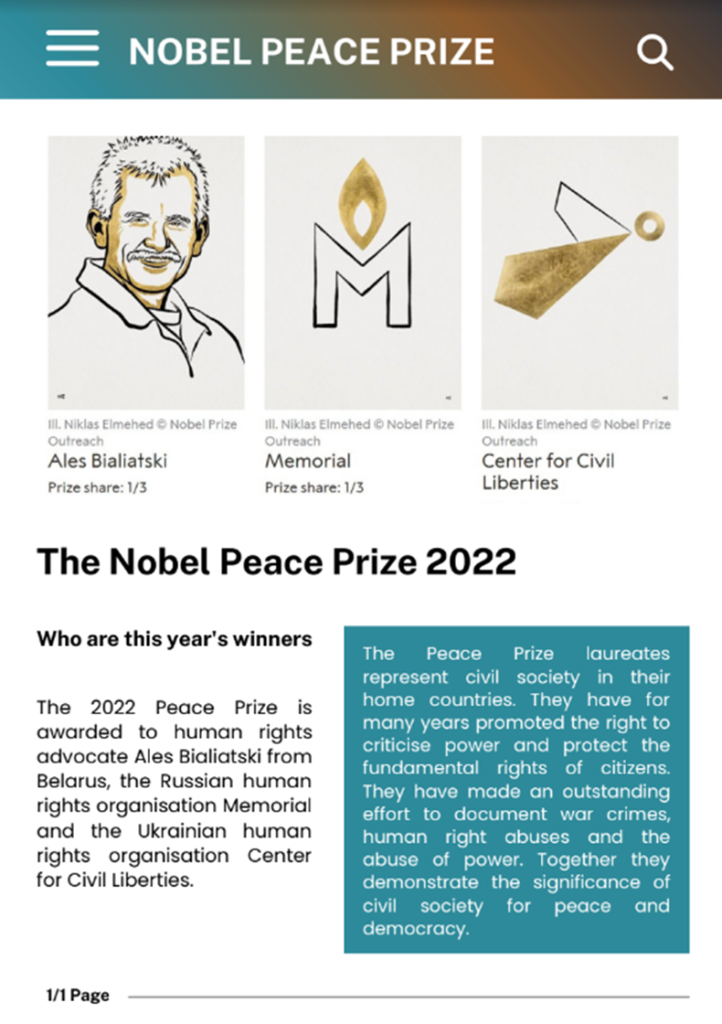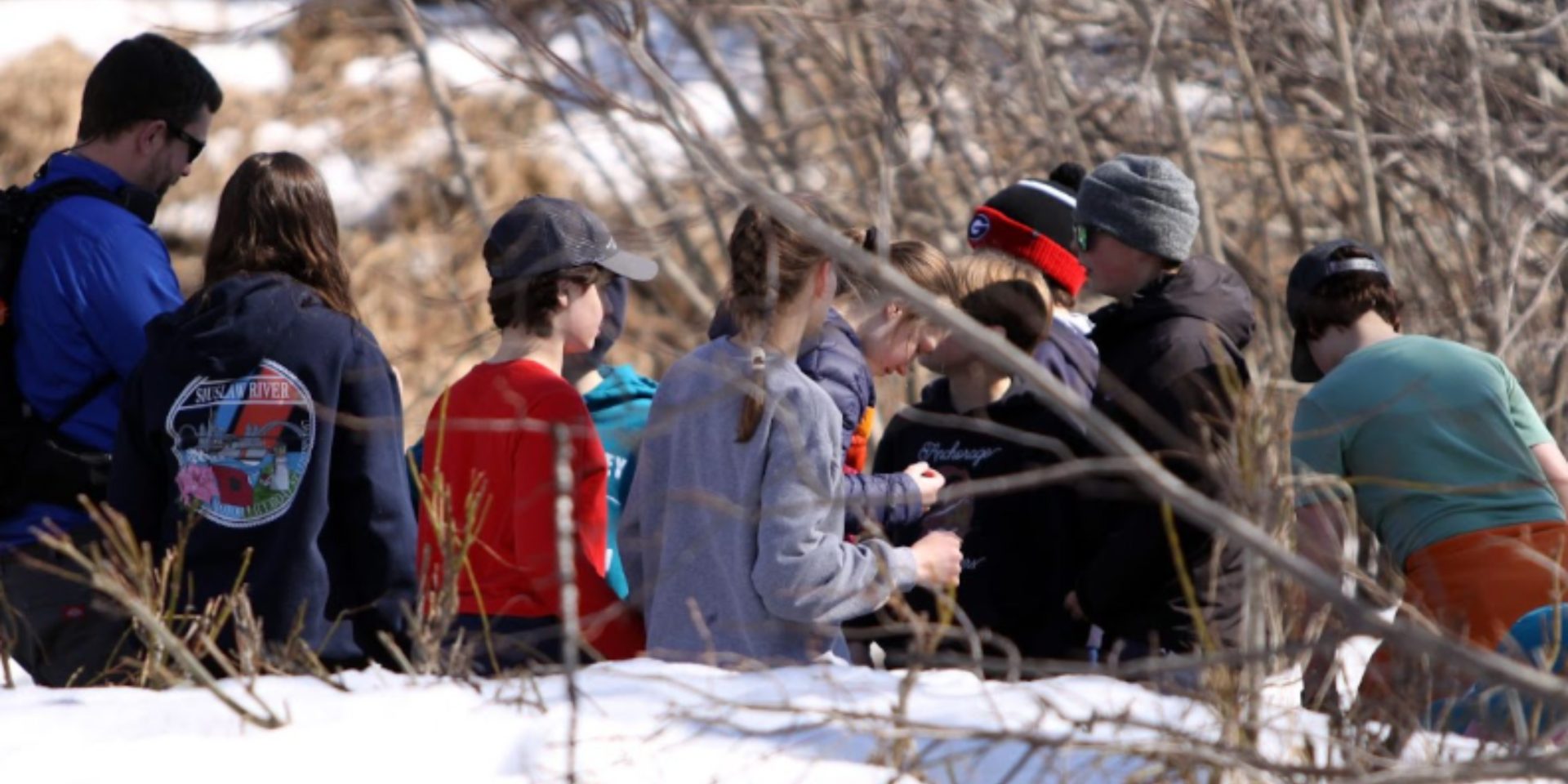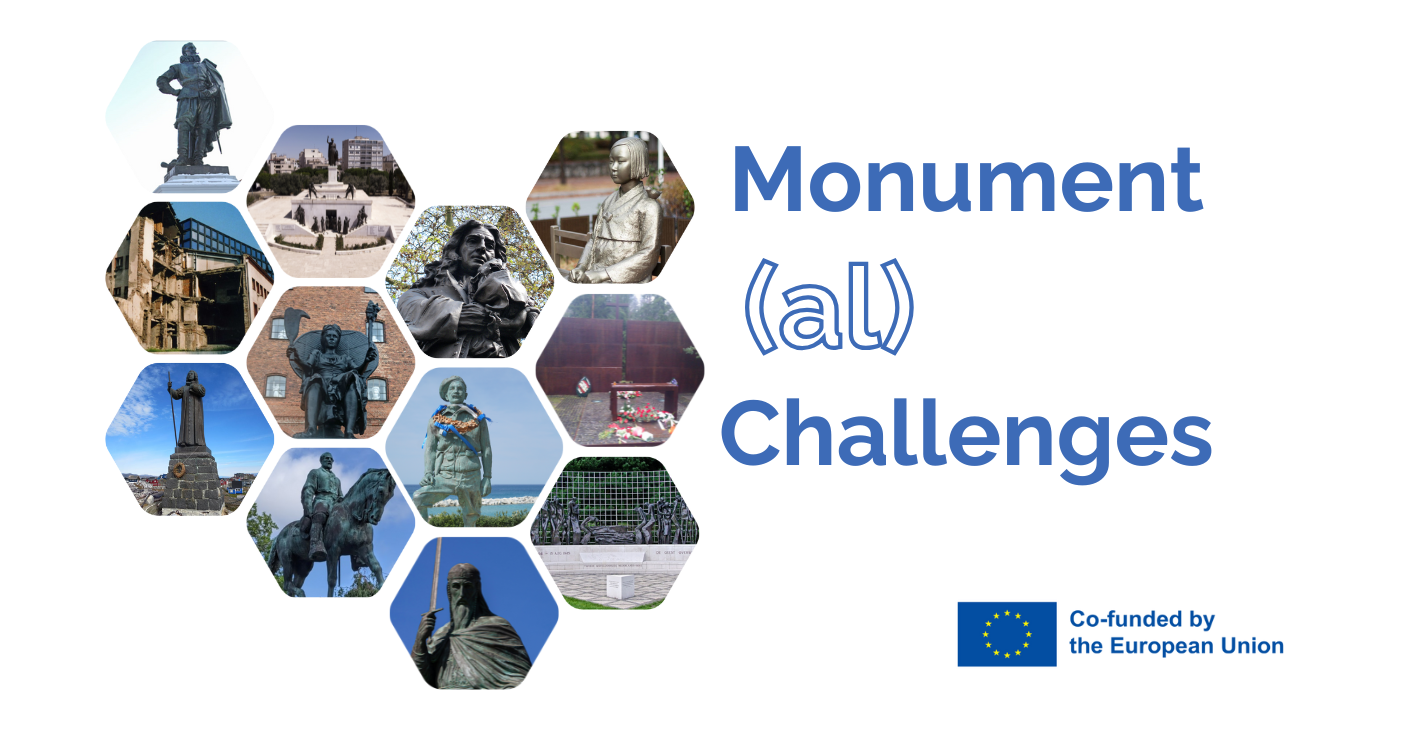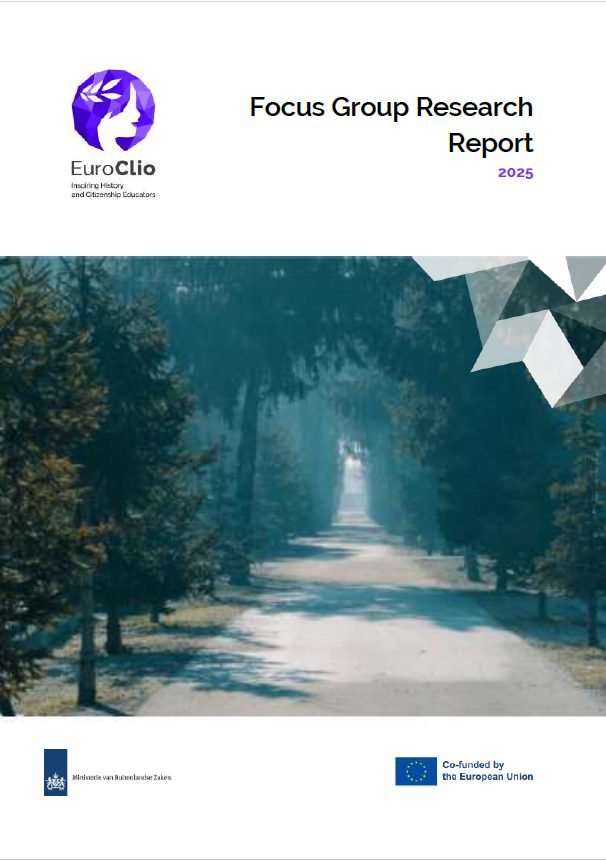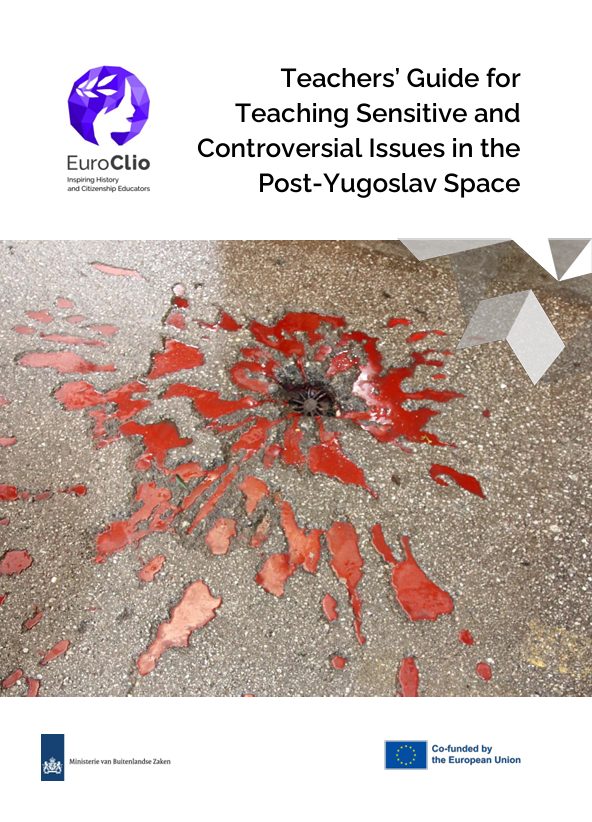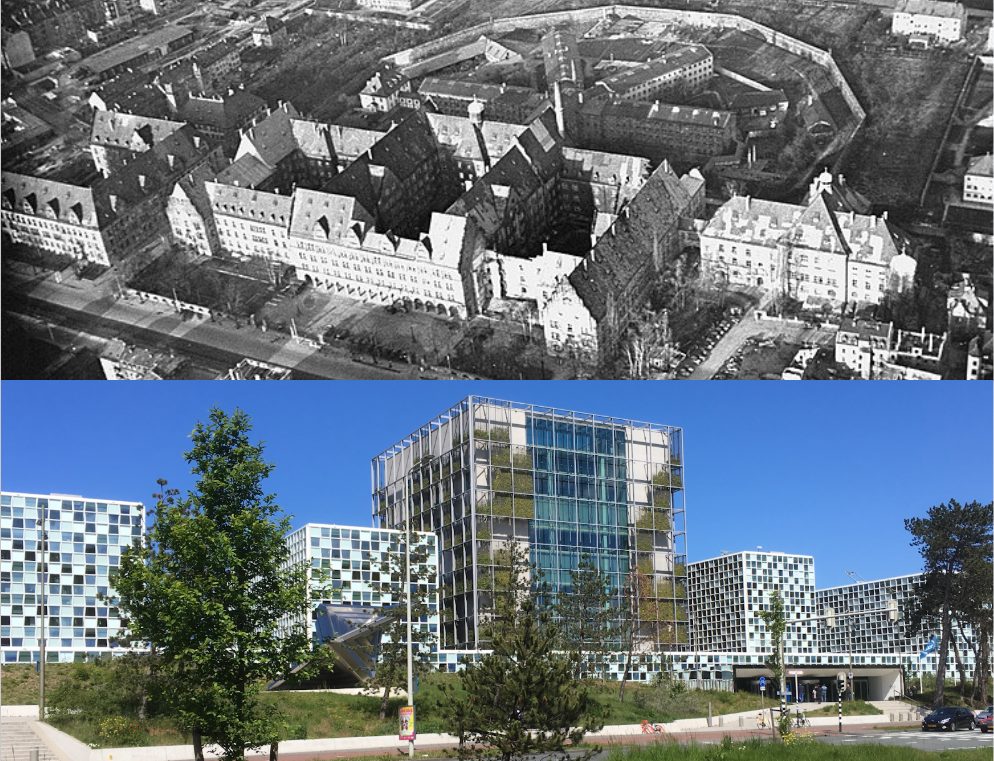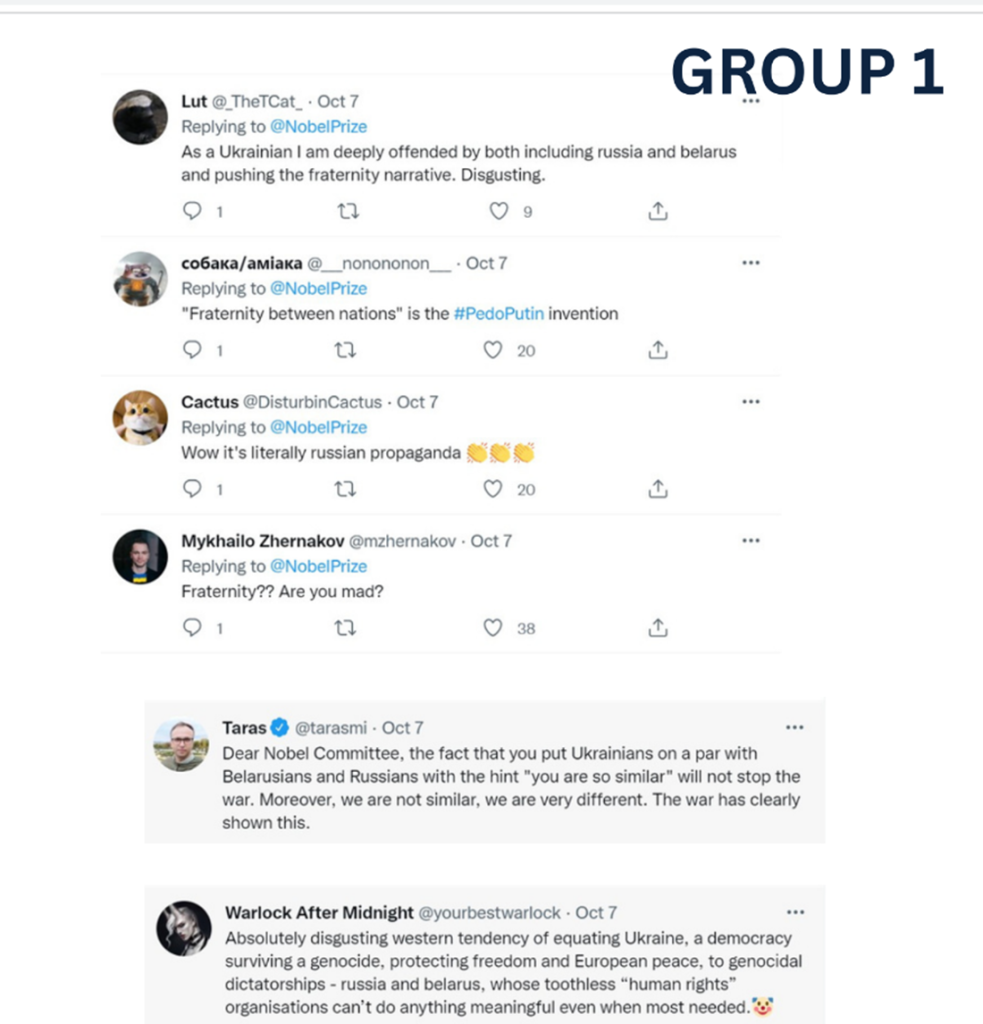

Activity 2: Alternative history through manipulations and disinformation
This activity can reveal and put into context the elements of mythical thinking in present-day society. Commonly, myths arise about the events from the past and, hence, fuel the existing conspiracy theories. Here, the mission of Apollo 11 and the moon landing in 1969 can serve as an example. The activity which addresses manipulations in history can be conducted in four steps:
- Form two groups (-pro, and -con)
- Watch the video by Mr. Beat. Write down the arguments of your side
- Put them on a board side-by-side with counter arguments
- How do you think people came with these doubts? Are they justified? Which side would you choose? What other reasons can you give support or debunk the given arguments?
The first question, when discussing a conspiracy theory, that should be put to students is “why?” What are the reasons for which people formulate and spread conspiracy theories, like the one of moon landing?
Activity 3: Alternative History: a case of Tartaria
This activity addresses the creation of alternative history through a belief in “hidden” or “lost” cultures. Adherents of this conspiracy theory consider Tartaria as a lost civilization which cultivated a much higher standard of living and more advanced architectural styles. The reason to study: This story is spread not by one source, but by a group of believers on social media. There is no one authoritative source of information. The ideas are born and developed by numerous fans. They can also choose to believe only a part of the theory.
The discussion about alternative history, such as the example of Tartaria, can be organised in three stages:
- Get to know the theory (consult Wikipedia, thread on Reddit)
- Answer the questions
- What is the theory about?
- What historical facts does it use?
- What does it reject?
- How primary sources are used (and abused)?
- Why do people do it? What is the goal of creating this conspiracy theory?
- Fill in the table below


